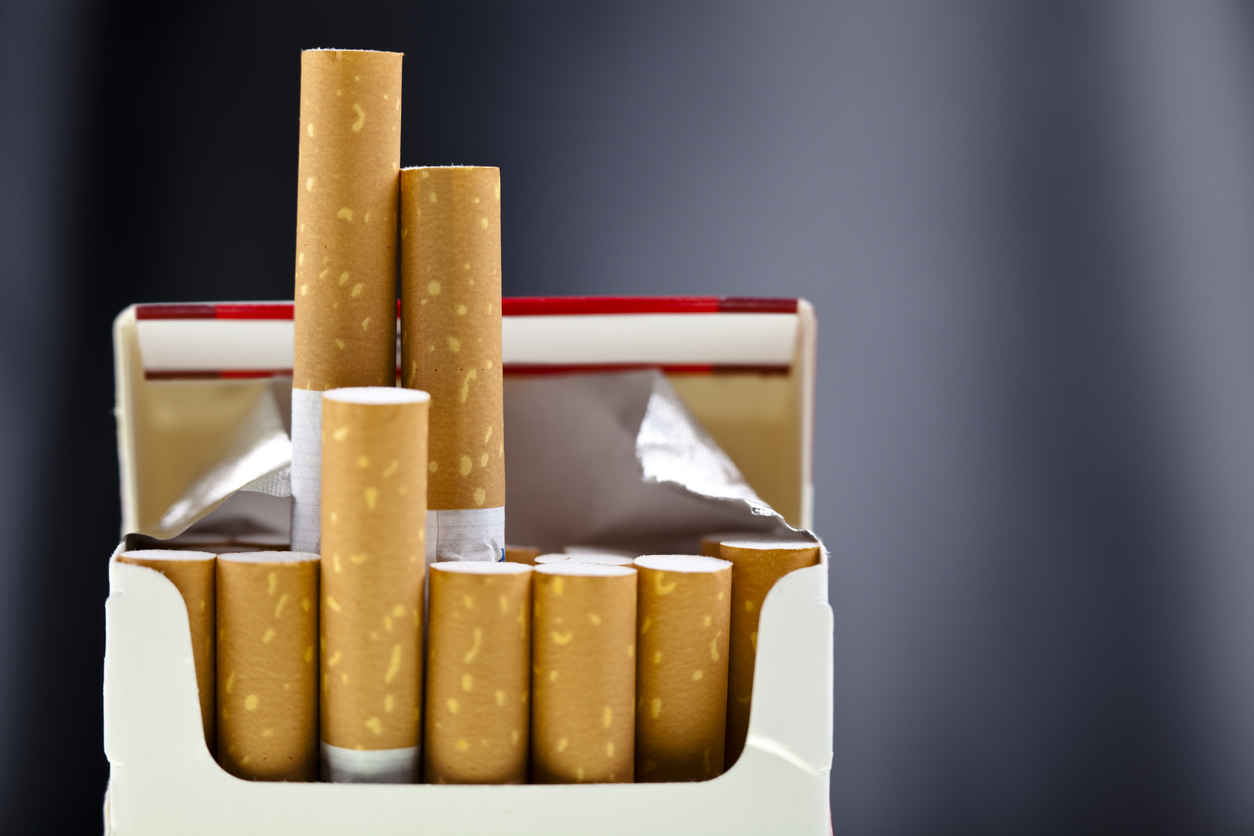
Second-hand smoke 10th biggest risk factor for cancer: Lancet study

People living in close proximity to those who smoke tobacco may have a higher risk of cancer as a new study published in The Lancet journal has found that second-hand smoking is the 10th biggest risk factor for the disease.
Using results from the Global Burden of Diseases, Injuries, and Risk Factors (GBD) 2019 study, the researchers investigated how 34 behavioural, metabolic, environmental, and occupational risk factors contributed to deaths and ill health due to 23 cancer types in 2019.
Changes in cancer burden between 2010 and 2019 due to risk factors were also assessed. Estimates of cancer burden were based on mortality and disability-adjusted life-years (DALYs), a measure of years of life lost to death and years lived with disability.
Also read: Smoking, alcohol, high BMI leading causes of global cancer deaths: Lancet study
The researchers at the University of Washington, US assumed that all persons living with a daily smoker are exposed to tobacco smoke. They used surveys to estimate the proportion of individuals exposed to second-hand smoke at work.
The study found that smoking, alcohol use, and high body mass index (BMI), were the top three risk factors for cancer. These were followed by unsafe sex, high fasting blood glucose, particle air pollution, asbestos exposure, diets low in whole grains and milk, and second-hand smoking.
These factors accounted for 3.7 million deaths and 87.8 million DALYs in 2019, the researchers said.
Also read: No evidence to link smoking to lung cancer, says court, asks insurer to pay claim
“This study illustrates that the burden of cancer remains an important public health challenge that is growing in magnitude around the world,” said Christopher Murray, Director of the Institute for Health Metrics and Evaluation (IHME) at the University of Washington.
“Smoking continues to be the leading risk factor for cancer globally, with other substantial contributors to cancer burden varying,” said Murray, a co-senior author of the study.
Professor Diana Sarfati and Dr. Jason Gurney of the University of Otago, New Zealand, who were not involved in the study, say: “The primary prevention of cancer through eradication or mitigation of modifiable risk factors is our best hope of reducing the future burden of cancer. Reducing this burden will improve health and well-being, and alleviate the compounding effects on humans and the fiscal resourcing pressure within cancer services and the wider health sector.”
People may also be exposed to second-hand smoke in public places like bars, restaurants, and casinos, as well as in vehicles.
According to the US Centers for Disease Control and Prevention (CDC), there are more than 7,000 chemicals in tobacco smoke, including hundreds of chemicals that are toxic and about 70 that can cause cancer.
“Second-hand smoke can cause health problems in children and adults, and can even be deadly. Since 1964, about 2,500,000 people who do not smoke have died from health problems caused by second-hand smoke exposure,” the CDC states.
“Second-hand smoke is smoke from burning tobacco products, like cigarettes, cigars, hookahs, or pipes. Second-hand smoke also is smoke that has been exhaled, or breathed out, by the person smoking,” it added.
“The growing global burden of cancer is rapidly exceeding the current cancer control capacity. More than 19 million new cancer cases were diagnosed in 2020 worldwide, and 10 million people died of cancer. By 2040, that burden is expected to increase to around 30 million new cancer cases annually and 16 million deaths from cancer according to the Global Cancer Observatory,” the authors wrote in the research article “Preventing cancer: the only way forward” in The Lancet journal.
(With Agency inputs)

